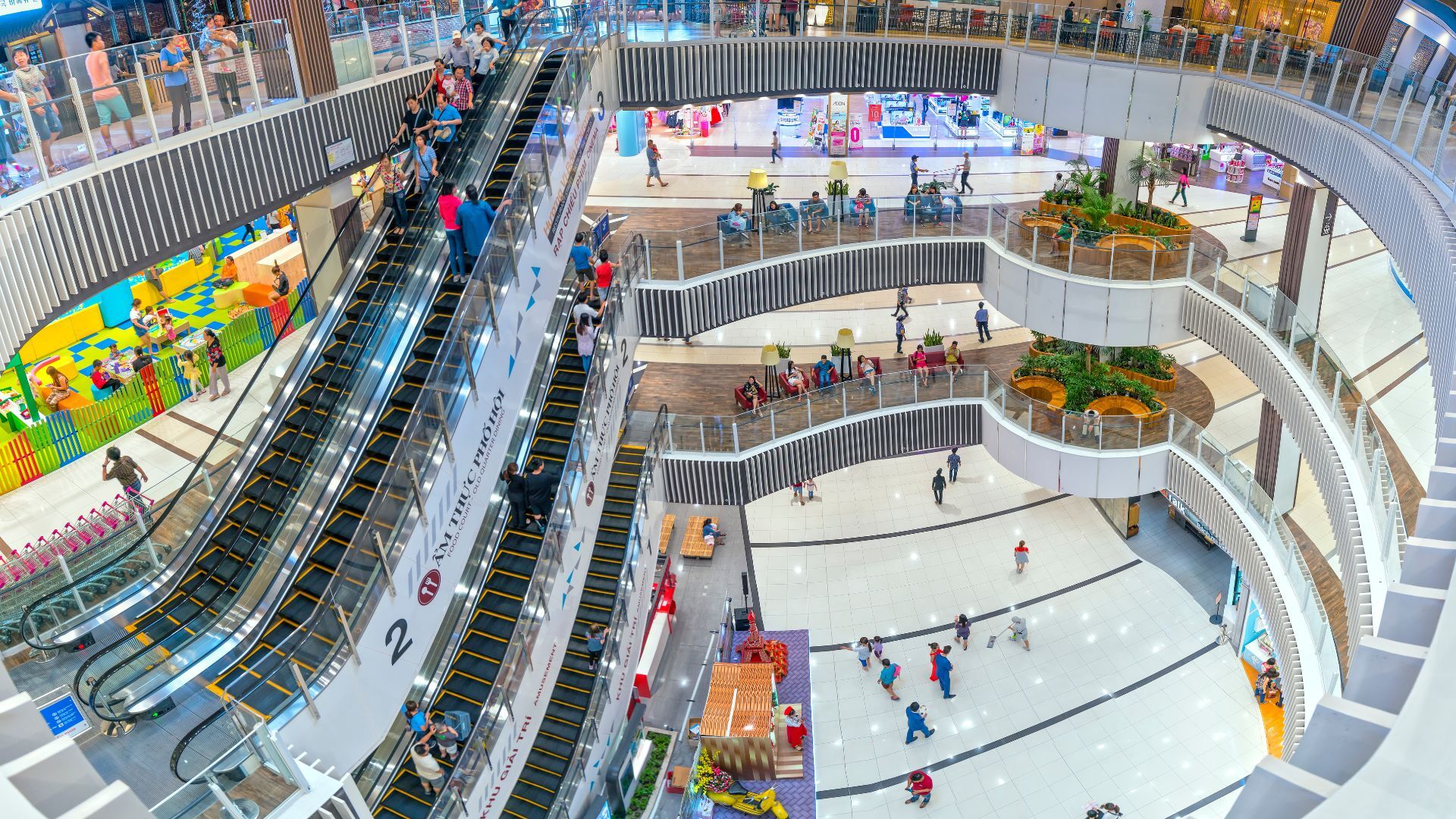
India’s retail landscape saw notable shifts this week. Retail inflation fell to an eight-year low of 1.55% in July, led by easing food prices, offering relief to consumers but squeezing farmer incomes. Large FMCG players such as Britannia, HUL and Marico are stepping up pricing, local innovation and acquisitions to counter agile regional rivals gaining share through affordability and quick commerce.
FMCG firms kept advertising spends restrained in Q1 but plan to scale up in the festive quarters, with a sharper focus on premium products driven by aspirational buyers and accessible via modern channels. Sales momentum is picking up, with July seeing an 8.6% year-on-year rise as retailers stocked up ahead of Raksha Bandhan and festive demand.
Meanwhile, Indian FMCG majors are exploring overseas manufacturing to sidestep tariff risks in the US, and distributors are challenging quick commerce dominance in a growing market share battle.
Click on the headings below for insights on how these trends are shaping India’s retail landscape…
1. India's retail inflation slows to 8-year low of 1.55% in July
India's retail inflation rate dropped to its lowest level in eight years, as falling food prices, especially vegetables and pulses, squeezed the incomes of some farmers. Annual retail inflation slowed to 1.55% in July as compared to 2.10% in June. The figure was the lowest since June 2017, according to a government statement, and below the Reserve Bank of India's tolerance band of 2%-6% for the first time since January 2019.
2. Big FMCG firms to counter rise of regional rivals
Big FMCG companies like Britannia, HUL, and Marico are ramping up pricing, distribution, local flavours, and acquisitions to counter rising regional brands like Jaya Biscuits, Gippi Noodles, and Zoff Foods, which are winning market share with affordability, innovation, and quick commerce.
3. FMCG firms kept Q1 ad spends tight, plan to ramp up in coming quarters
Fast-moving consumer goods (FMCG) companies kept their purse strings tight in the April–June quarter and didn’t splurge on advertising spends. However, companies will return to spending on advertising in the coming quarter, as they pointed out to investors on their earnings calls.
4. FMCG companies betting big on premium products amid higher traction from aspirational consumers
FMCG companies are betting big on the premium products segment with demand being fuelled by aspirational Indian consumers. Consumer goods companies are witnessing growing salience from premium products, which are becoming more accessible through new-age channels like quick commerce.
5. FMCG Sales Rise As Shops Stock Up Ahead Of Festivals
India’s fast-moving consumer goods sector appears to be on a recovery path as retailers stocked up for Raksha Bandhan and the upcoming festive period, boosting sales of staples and chocolates to makeup and soaps. FMCG sales grew 8.6% year-on-year in July, showed data shared by retail intelligence firm Bizom, which tracks kirana sales. This is an uptick from 4.6% growth in June and 7.3% in the April-June quarter, when shops stocked less due to weak consumer demand, especially in urban markets.
6. Indian FMCG giants mull new manufacturing units for exports to US as tariffs bite
Indian consumer goods companies like Amul, ITC, Parle, and Godrej Consumer Products are exploring alternative manufacturing bases outside India—including third countries or even the US—to manage rising tariff-related risks. Amul, already producing milk in the US, plans to expand to paneer, butter, and cheese to avoid high duties.
7. FMCG Distributors vs Quick-comm Giants: A New Market Share Battle on the Horizon?
Distributors of fast-moving consumer goods (FMCG) have raised several issues regarding the quick commerce giants, including Blinkit, Zepto and Swiggy Instamart, with the Competition Commission of India (CCI). In a fresh complaint, the distributors have alleged that the increasing dominance of these giants is creating a market power imbalance, the Business Standard reported.


 2 minute read
2 minute read


